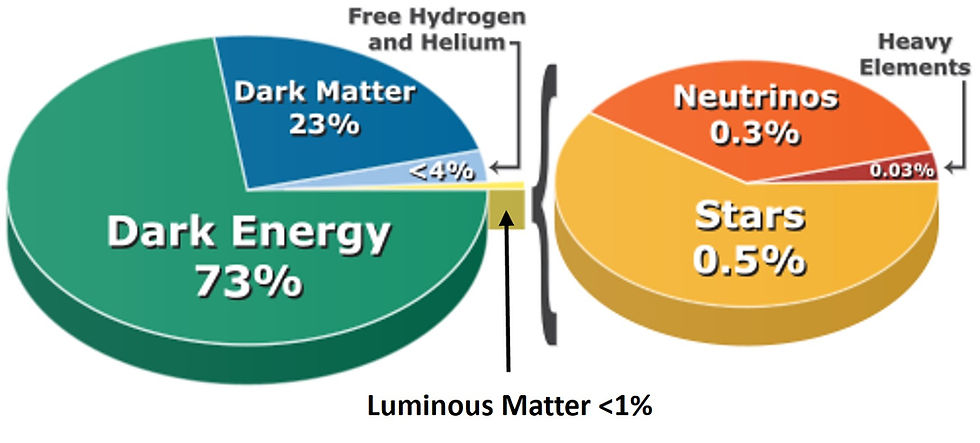I Will Make Dry Land Springs of Water
- stephenstrent7

- Sep 16, 2022
- 2 min read

by Trent Dee Stephens, PhD, for the Come Follow Me lesson September 19–25: Isaiah 40–49
We read in Isaiah 41:18, “I will open rivers in high places, and fountains in the midst of the valleys: I will make the wilderness a pool of water, and the dry land springs of water.”
How does God make “the dry land springs of water”? He inspires humankind to invent the means for pulling water from aquifers under the ground to water the dry land. We are told in 1 Samuel 2:3, “Talk no more so exceeding proudly; let not arrogancy come out of your mouth: for the Lord is a God of knowledge, and by him actions are weighed.”
President Brigham Young stated in a discourse delivered in the New Tabernacle, Salt Lake City, August 9th, 1868, as reported by David W. Evans:
“Every art and science known and studied by the children of men is comprised within the gospel. Where did the knowledge come from which has enabled man to accomplish such great achievements in science and mechanism within the last few years? We know that knowledge is from God, but why do they not acknowledge him? Because they are blind to their own interests, they do not see and understand things as they are. Who taught men to use electricity? Did man unaided of himself discover that? No, he received the knowledge from the Supreme Being. From him, too, has every art and science proceeded, although the credit is given to this individual, and that individual. But where did they get the knowledge from, have they it in and of themselves? No…Where have we received the knowledge to construct the labor-saving machinery for which the present age is remarkable? From Heaven.” (Journal of Discourses, 12:257)
At the time of Isaiah, wells existed all over the lands of Israel and Judea. The oldest known well is in Atlit Yam, Israel, and apparently dates to around 8100-7500 BC. Before the early 19th century, all wells were dug by hand. It wasn’t until 1808 that mechanical drilling was invented. The early drills were run by human or animal power, but by the end of the 19th century, steam-driven drills were in use. The roller cone drill bit was invented in 1908 by Howard Hughes, Sr., which made rotary drilling highly efficient. (totalsoftwater.com/2017/08/a-short-history-of-water-wells; retrieved 16 September 2022)
Until the middle of the 19th century, water had to be drawn from wells by human or animal power. In 1851 John Gwynne filed the first centrifugal pump patent, powered by the steam engines he had invented. Then, in 1908, Hayward Tyler created the first submersible electric motor pump, which allowed water to be pumped by electrical power. (pumpsandsystems.com/history-pumps-through-years; retrieved 16 September 2022)
An article posted just yesterday in phys.org reported, “Collective groundwater pumping by millions of farmers in Bangladesh in the dry season each year has created vast natural reservoirs underground that, over a 30-year-period, rival the world's largest dams—these sustain irrigation that has transformed this previously famine-prone country to a food-secure nation, according to a new study led by University Collage London researchers.” (phys.org/news/2022-09-millions-farmers-replumb-world-largest.html; retrieved 16 September 2022)
By inspiring men and women to constantly push against the barriers of knowledge surrounding us, the Lord is indeed creating springs of water in dry lands.
Trent Dee Stephens, PhD
trentdeestephens.com



Comments